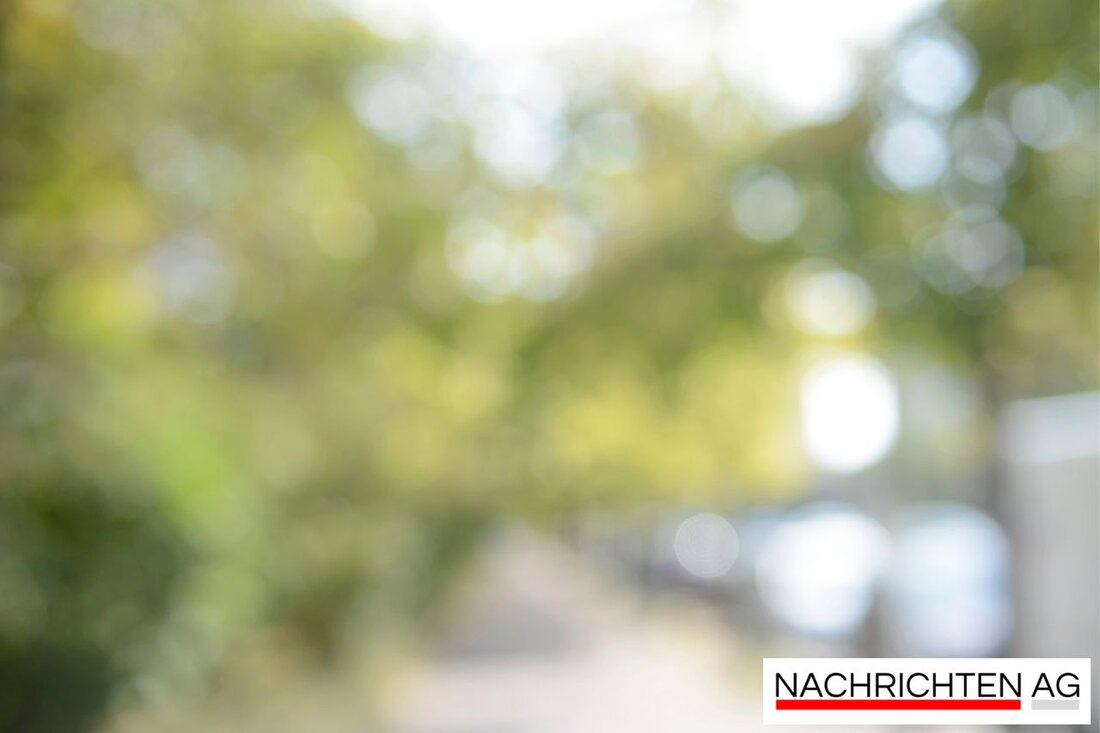Drilling in the zoo: Hope for the endangered lynx in Vienna!

Drilling in the zoo: Hope for the endangered lynx in Vienna!
In the Schönbrunn zoo in Vienna, there is currently a reason to be happy: In mid -May, a rare litter of triplets was born at the Eurasian Luchsen. These three small lynxes weighed just about 300 grams at birth, were blindly and strongly dependent on the care of their mother. The young animals lived in a protective hut in the first weeks of life, but now they have started to explore their forest enclosure curiously. Tiergart director Stephan Hering-Hagenbeck reports on her lively behavior and is optimistic about the development of the triplets. Birth is not only a great success for the zoo, but also an important contribution to the European conservation breeding program (EEP) for this endangered type. This is particularly important, since the stock of Eurasian lynxes in Austria is estimated to be around 35 animals, which are often separated from one another by human interventions and are thus endangered in their reproduction.
The Eurasian lynx, the largest cat species in Europe, was once widespread, but was almost exterminated by intensive hunting in the 17th century. Currently, lynxes can only be found in a few relics, including in Scandinavia and the Carpathians. Despite intensive protective measures, the Situation for the lynx in many European regions, especially in the Balkans, is critical. Euronatur emphasizes that the lynx is low-fault, low-fault forest areas and sufficient food offers in order to be able to reproduce successfully. Together with partner organizations in Switzerland and Southeast Europe, Euronatur is committed to protecting these fascinating animals.
threat to the lynx in Austria
In Austria, Eurasian lynxes are very endangered, as is confirmed by the BUND. The endangering factors are diverse: human hunt, traffic and illegal kills deform their habitats and restrict the population. It is particularly worrying that the lynx deposits are separated from each other by human interventions. This leads to a low genetic exchange, which harbors inbogganing risks and weakens the resistance of the population. In addition, poaching and the loss of their habitat represent serious threats.
The resettlement of Luchsen in Germany and in the Vosges, France, is a ray of hope to combat the decline of these animals. Projects such as the Palatinate Forest aim to create survival populations. Here social acceptance plays a crucial role. Enlightenment work about the lynx as a non -serious prey competitor for hunters and as harmless to humans and farm animals is essential. In addition, understanding approaches to support sheep and goat owners must be developed in conflict cases.
Overall, the fate of the Eurasian lynx in Austria and Europe remains uncertain in view of its historical setbacks and the current challenges. Intensive efforts and a good hand in conservation breeding are still required to preserve these majestic animals for future generations.
| Details | |
|---|---|
| Ort | Hietzing, Österreich |
| Quellen | |
